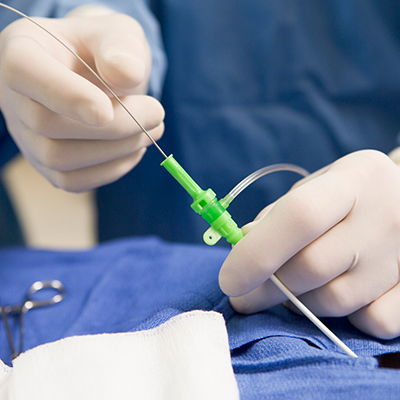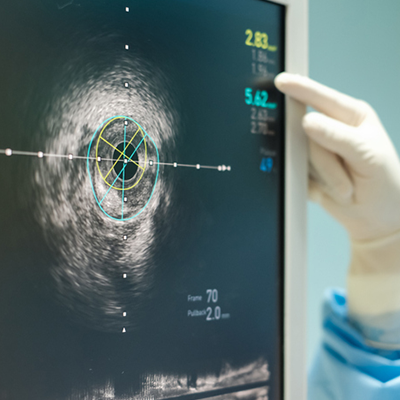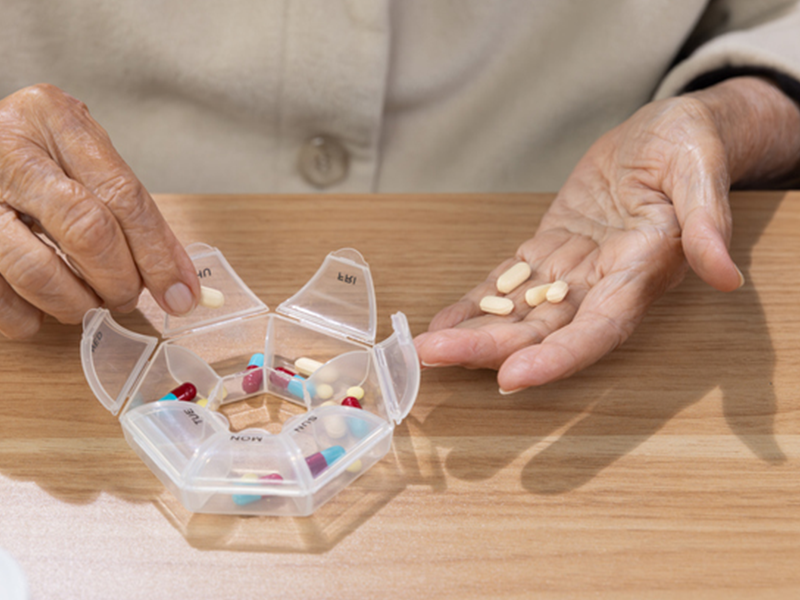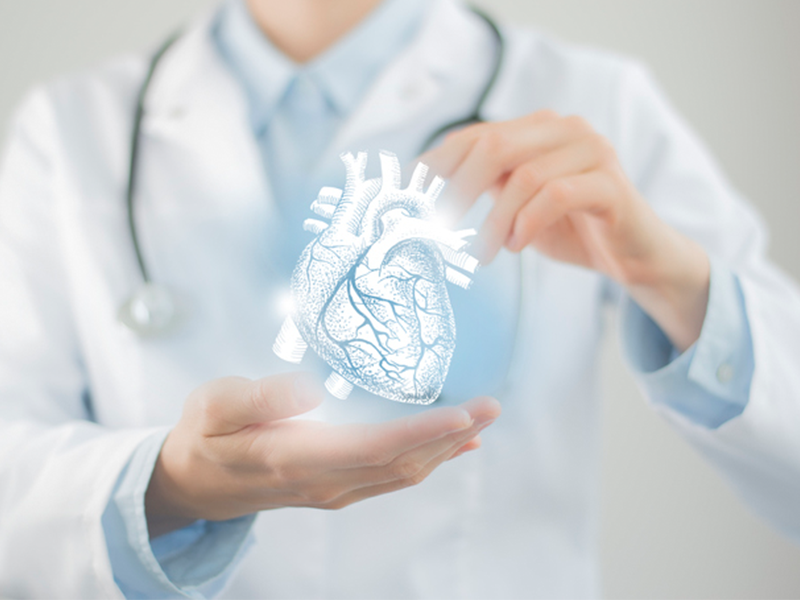Coronary artery disease (CAD) is caused by plaque buildup in the wall of the arteries that supply blood to the heart (called coronary arteries). It can be chronic, with a gradual narrowing of the coronary arteries over time, limiting the blood supply to parts of the heart muscle. Alternatively, it can be acute, resulting from a sudden rupture of plaque and the formation of a blood clot.
Living a healthy lifestyle that includes good nutrition, weight management and plenty of physical activity can help reduce your risk of developing coronary artery disease.
The traditional risk factors for coronary artery disease include:
- High LDL cholesterol
- Low HDL cholesterol
- High blood pressure
- Family history
- Diabetes
- Smoking
- For women—being post-menopausal
- For men—being older than 45
- Obesity may also be a risk factor
Typical warning signs of coronary artery disease are:
- Shortness of breath
- Chest pain
- Heart palpitations
- Fatigue
If you experience any of these symptoms, don’t delay-call 911.
Why choose CMC?
At CMC’s New England Heart & Vascular Institute, you have access to the most advanced cardiovascular and thoracic care in northern New England.
Most people with Coronary Artery Disease (CAD) can be helped by one or a combination of these three types of treatments:





